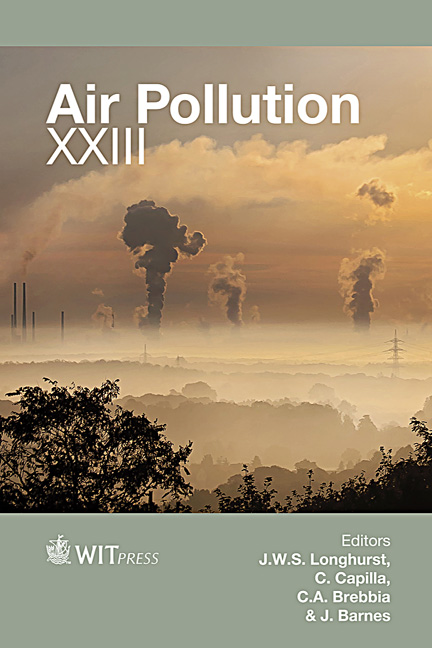An Amalgamation Of 3D City Models In Urban Air Quality Modelling For Improving Visual Impact Analysis
Price
Free (open access)
Transaction
Volume
198
Pages
11
Page Range
51 - 61
Published
2015
Size
1,124 kb
Paper DOI
10.2495/AIR150051
Copyright
WIT Press
Author(s)
U. Ujang, F. Anton, A. Ariffin, D. Mioc, S. Azri
Abstract
Geographical Information Systems (GISs) can be seen as a common tool to map and visualize the air quality index based on geographical locations. However, in urban areas, the area resolution for air quality models is less than 2 kilometres. Since the main emissions agent in urban areas is predominantly vehicular engines, the situation will become worse when pollutants are trapped between buildings and disperse inside the street canyon and move vertically to create a recirculation vortex. Studying and visualizing the recirculation zone in 3D visualization is conceivable by using 3D city models as physical data input. The Level of Details (LoD) in 3D city models (i.e. LoD1 and LoD2) ascertains the potentials of implementing air quality modelling for urban areas. Therefore, this research is focused towards investigating the integration of 3D city models in air quality modelling for urban areas. The results presented show the simplicity of using 3D city models as a physical data input in air quality modelling and the 3D air quality will improve insight for visual impact analysis (i.e. analysing the immersion of a recirculation zone). The results are advantageous for city planners, architects, engineers and policy makers to design the street geometry (building height and width, green areas, pedestrian walks, roads width, etc.).
Keywords
urban air pollution, GIS and 3D city model





